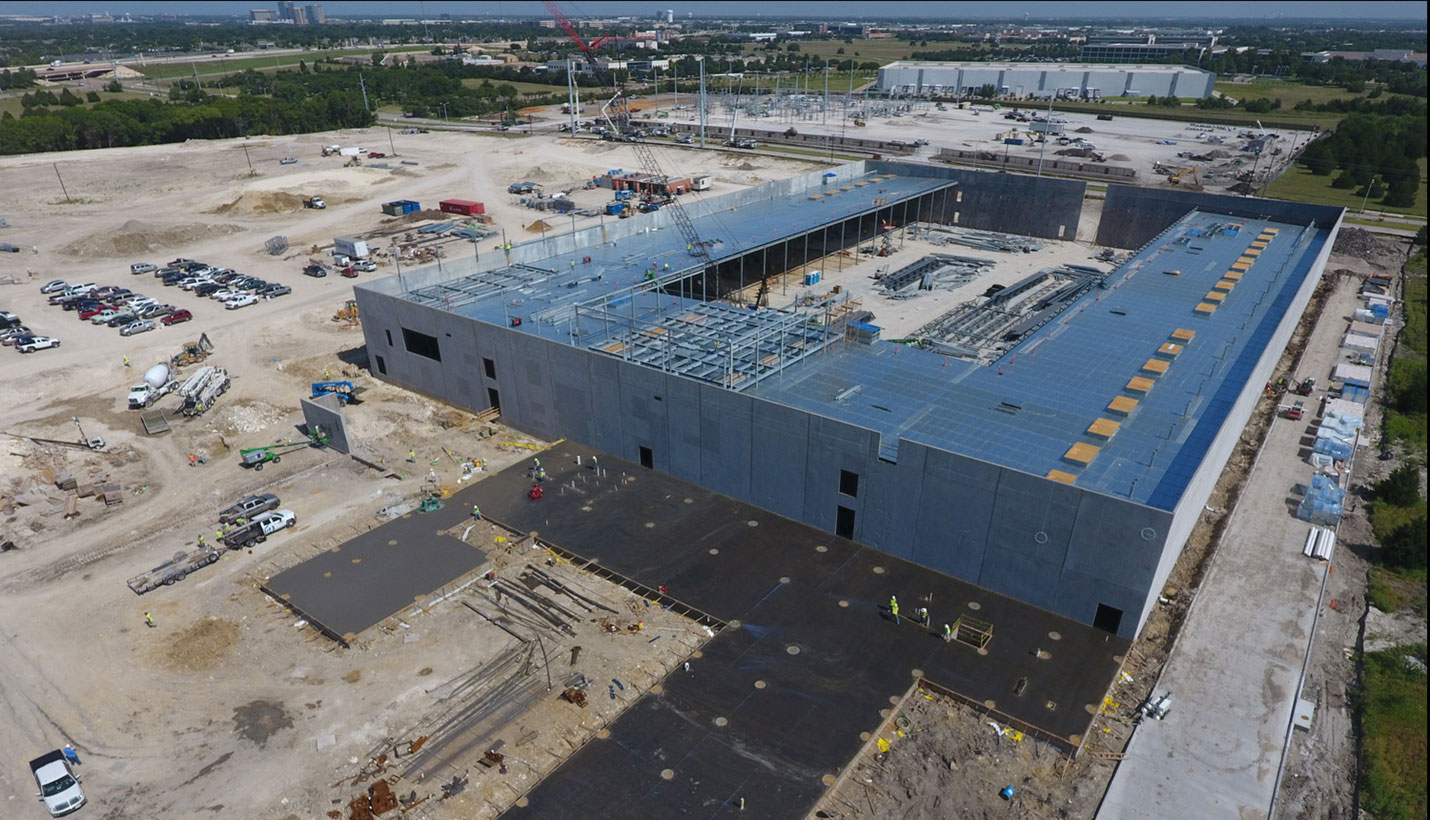

Overcoming Mission Critical Construction Challenges
As the world over becomes increasingly plugged in, data center providers are racing to construct additional facilities to meet the insatiable demand of keeping both businesses and consumers online. As a result, the industry is wrestling with the competition to find the best designers and contractors as well as increased materials cost. Page Mission Critical leader John Major has seen this for himself and has insights for owners and project managers.
- He warns that in some regions where hyperscalers are building at an explosive rate within a small geographic area, there's a dramatic shortage of skilled trade labor. Builders are competing with each other to attract subcontractors and skilled labor to commit to working on their project campus instead of their competition’s. John shared, "I’ve heard that one contractor resorted to paying each laborer $100 per day just to show up at their site instead of the competing project." Assumptions should not be made about labor availability and rates.
- Planning is more critical than ever. Developers should consider having a standard data center design with minimal variations that can be site-adapted to various climates and geography. "By doing so, they’ll have a good baseline for construction costs and construction schedule when they deploy future projects. Variations to the standard design have the potential to introduce risk to the budget and schedule.” Once a standard design has been established, developers can procure equipment well in advance of construction activity to reduce speed-to-market.
- A growing trend in the data center market is toward a more integrated delivery model. Page has experimented with many types of integrated project delivery, including a rare “hybrid integrated project delivery” about which John has subsequently given national presentations about its effectiveness. For RagingWire’s TX1 Data Center, Page was architect and engineer of record and RagingWire acted as owner-as-designer and owner-as-builder. The benefits of this collaboration included faster speed-to-market, improved quality and best-in-class design expertise. Success for this type of collaboration can be measured equally in management of design risks as well as the utilization of technology tools such as cloud-based AutoCAD 360 to facilitate consensus on decisions.
John is a veteran of the design of more than 40 data centers in the last 10 years, accounting for more than $4.5 billion in construction costs throughout the United States. He has been interviewed by numerous publications including Building Design + Construction and most recently Bisnow, which tapped him for tips on coping with rising data center construction costs. To view the article, click here.
08/12/2019
People
Related Posts
- Page Welcomes Imes Group
- The Essential Steps for Bringing a Facility Project to Market Quickly
- Design Solutions For Mission Critical Centers
- Washington County Picks Page for 911 Center Design
- ENR’s 2018 Top Design Firms
- Critical Power: Hospitals and Data Centers
- Demonstration of Innovative New IT Cooling System








